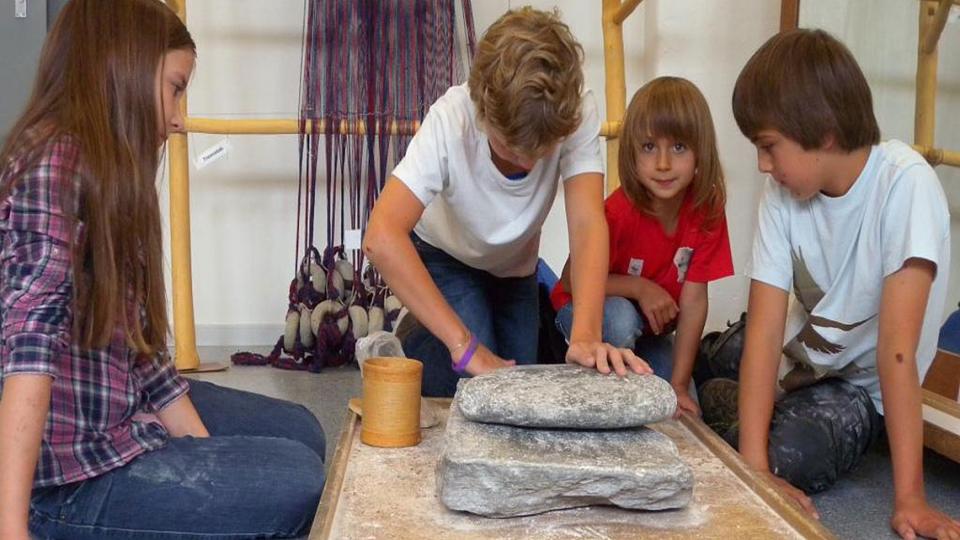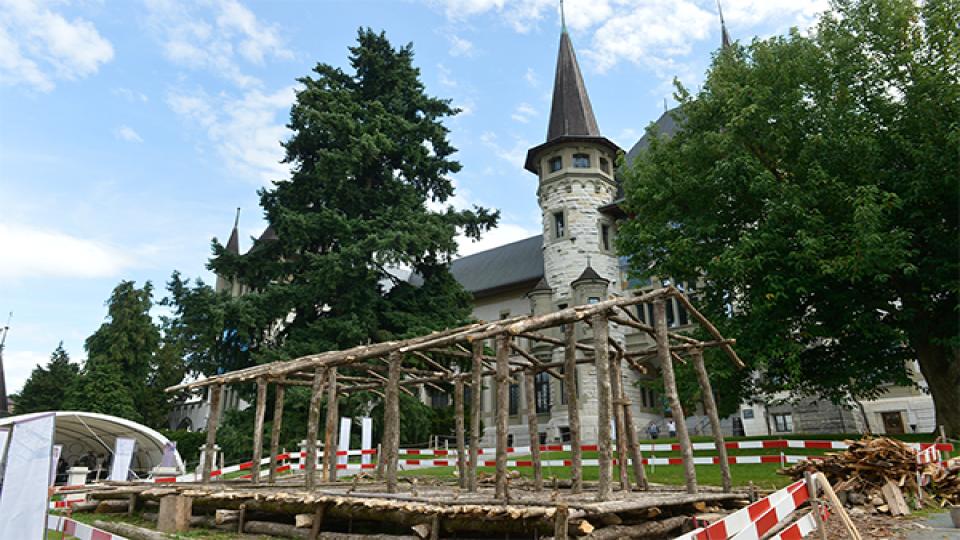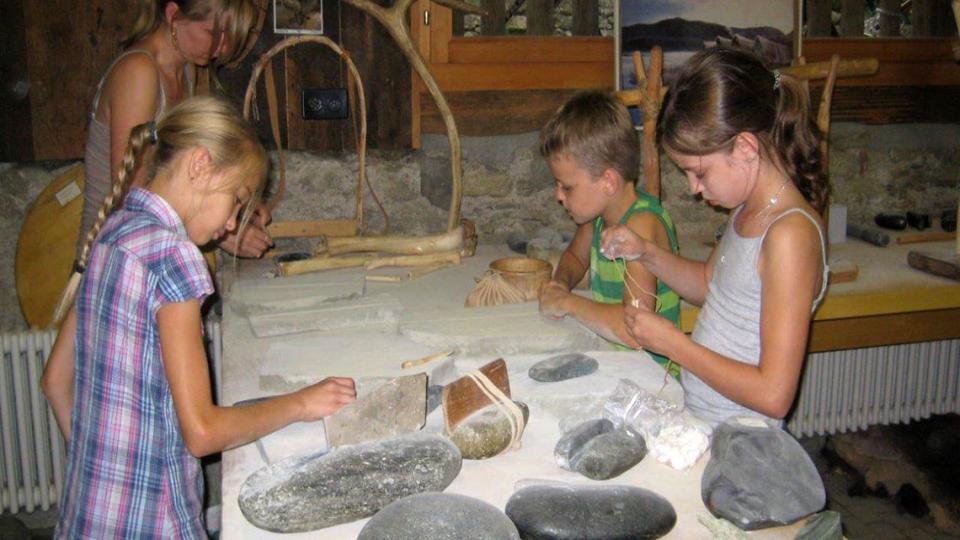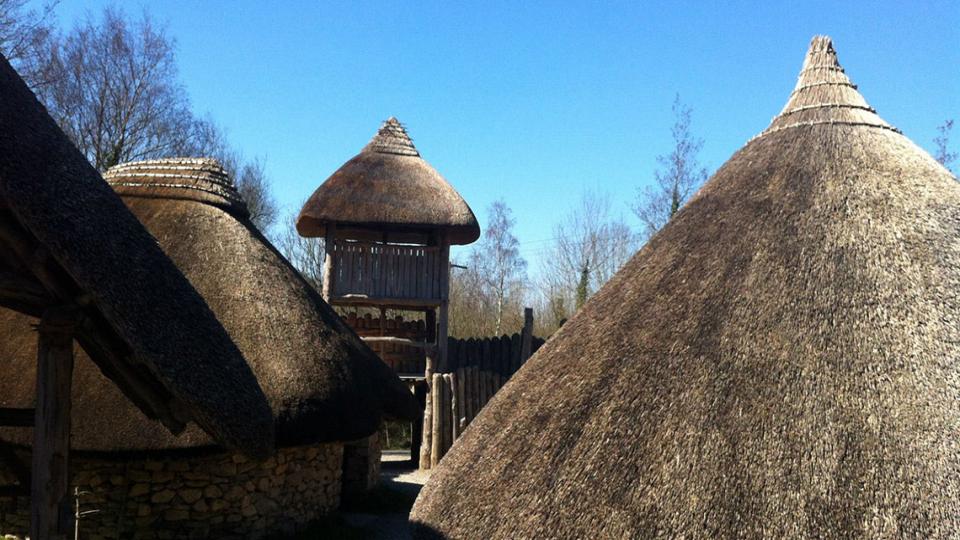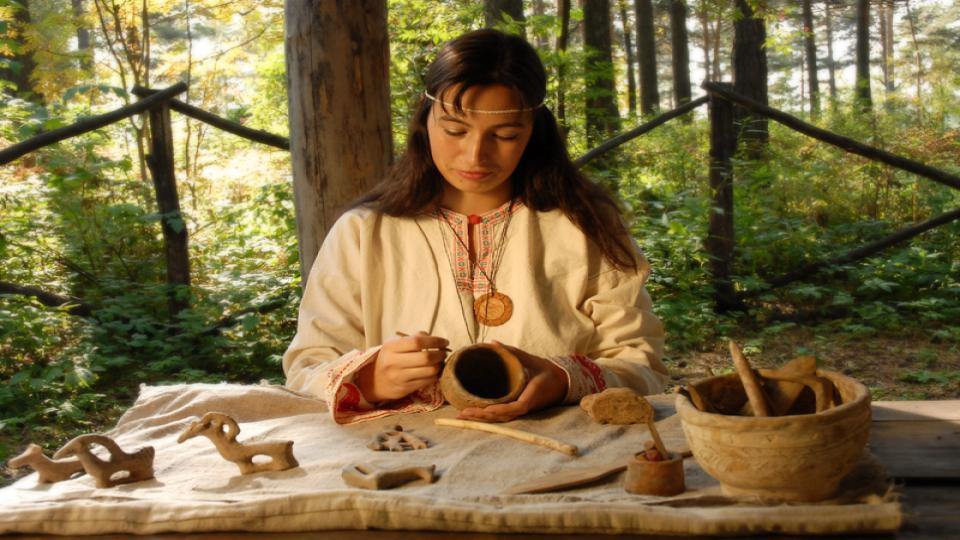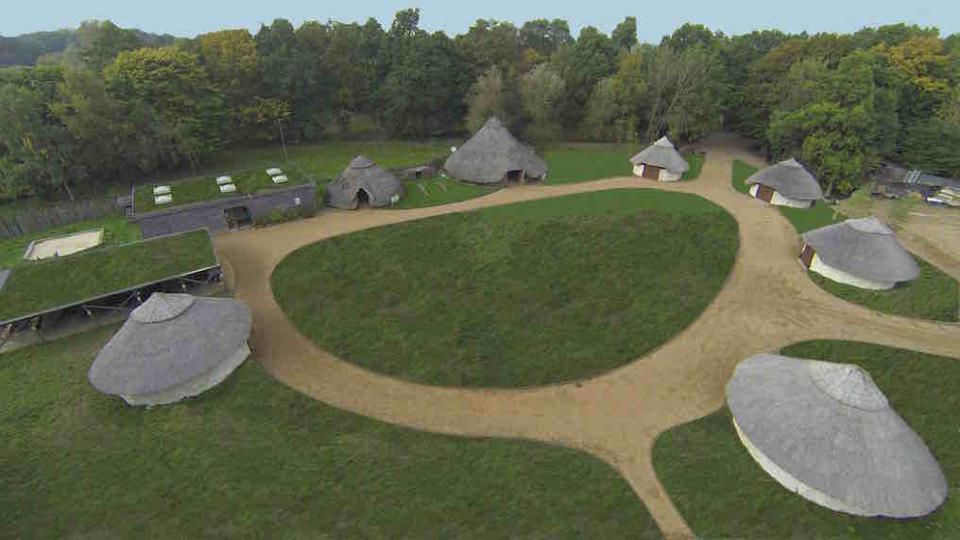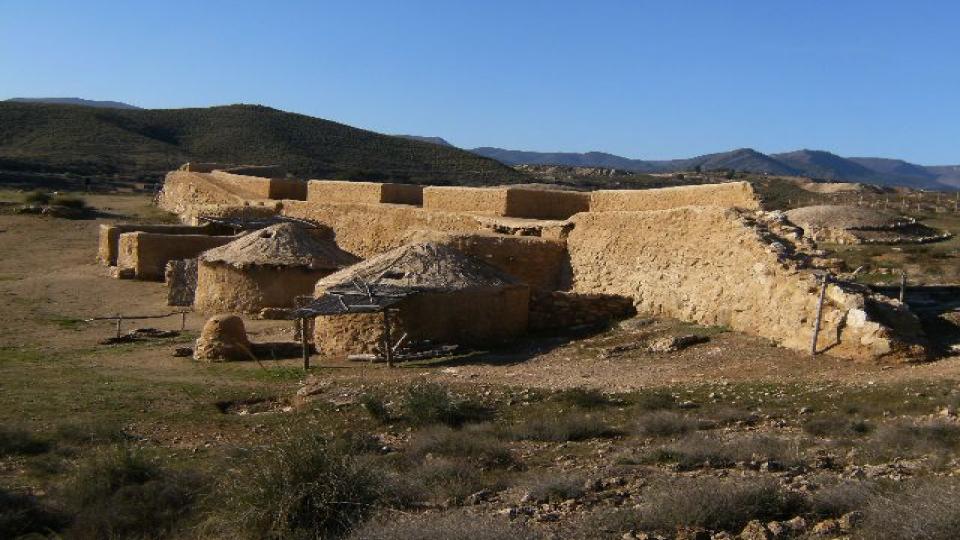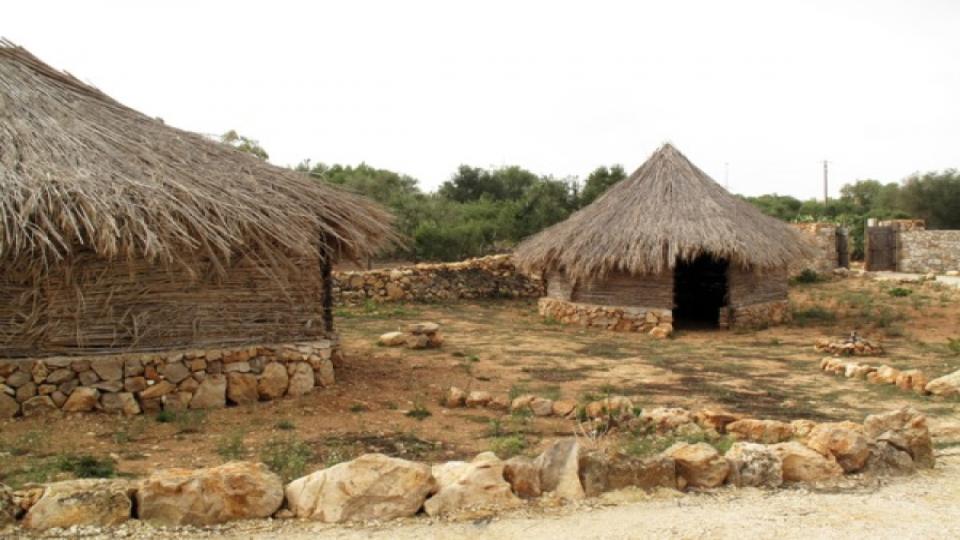Chalcolithic
Kantonales Museum für Urgeschichte(n) Zug (CH)
The museum conserves, analyses and imparts knowledge about the archaeological finds of the Canton of Zug dating from the Paleolithic to the Early Middle Ages.
Historisches Museum Bern (CH)
With the exhibition named "Die Pfahlbauer – am wasser und uber die Alpen" (The pile dwellers - on the water and over the Alps) which was open until January 2015, the (re)construction of a prehistoric house is being built in front of the Historical Museum in Bern.
Museum Burghalde Lenzburg (CH)
Museum Burghalde offers open and creative access to 15,000 years of history and culture. We collect and preserve stories, cultural treasures and memories, maintain and combine them, and make them accessible to a broad public in exhibitions, events and workshops.
Irish National Heritage Park (INHP) (IE)
Near the town of Wexford at Ferrycarig, the 35 acres large Irish National Heritage Park (Pairc Naisiunta Oidhreacht na hEireann) depicts several periods and sites, important to Irish Past, going back a total of 9,000 years.
Tomskaya Pisanitsa (RU)
In Kemerovskaya Oblast, near the village Pisanaya you will find the Historical, Cultural and Natural Museum-preserve “Tomskaya Pisanitsa”. Its main attraction are petroglyphs and cave paintings. The exhibition “Ancient Dwellings” illustrates the housing traditions and architecture of peoples of the Central Siberia in the ancient time, from the late Stone Age (the Upper Paleolithic, about 45 - 30 thousand years BC).
Celtic Harmony Camp, Prehistory Centre and Open Air Museum (UK)
Celtic Harmony Camp is a reconstructed Iron Age settlement and education centre providing natural & cultural heritage education. Hands-on activities and events based on Britain's Celtic culture promote a more sustainable way of life in harmony with the natural world.
Ekehagen Forntidsby (SE)
Ekehagen´s Prehistoric Village lies nearby the river Ätran in a beautiful countryside with birches and oak trees, approximately twelve miles, 20 kilometres, south of Falköping in the province of Västergötland. It is an archaeological open-air museum with presentations from various prehistoric periods.
Yacimiento Arqueológico Los Millares (ES)
Los Millares is one of the most important sites of the European Chalcolithic. It is located north of the town of Almeria, placed in the southern coast of Spain, in the region of Andalusia. The settlement dates from 3200 to 2200 BC and was protected by four circles of walls with circular towers. Its necropolis, with over 100 collective tombs, has no comparison in Europe. The site gives a name to one of the Chalcolitic (Copper Age) cultures of Europe.
Parque arqueológico de Los Enebralejos (ES)
The archaeological park of Los Enebralejos is located a few kilometres north of the village of Pradena, in the region of Castilla y Leon, central Spain. The centre of the park is the Cave, discovered in 1932, in which paintings and tombs from the Chalcolithic were discovered.
Kalòs - l’Archeodromo del Salento (IT)
Archeodromo Kalòs is a vast landscape park themed with experimental archaeology. It was founded by Meridies. They present a mixture of history and art and offer a journey to the origins of this region: the Messapi, Greeks and Romans, "in a place where nature and myth merge."

